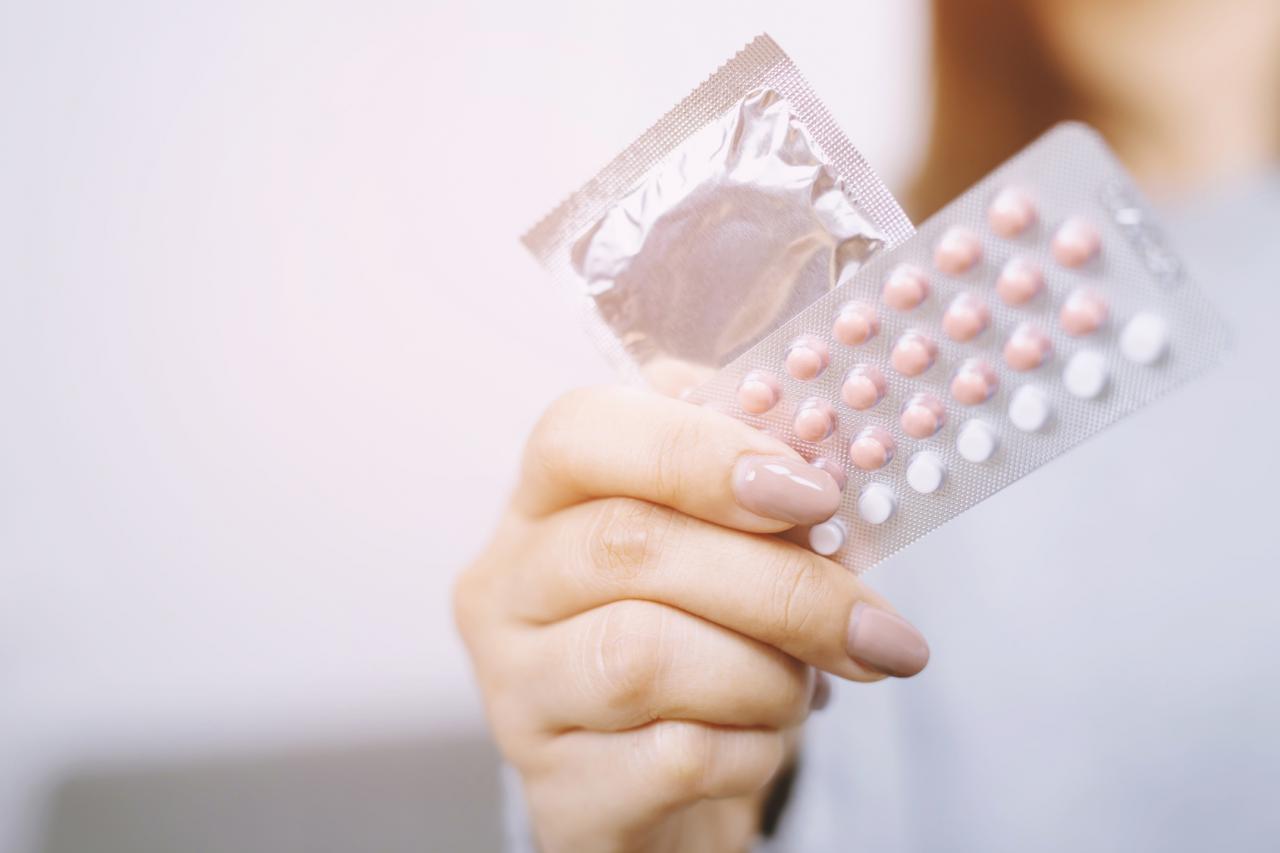I first heard of endometriosis a few years back when my friend announced that she had been diagnosed with it. All I knew is that every month she was in excruciating pain. Later, my sister-in-law started to suffer from it too. What does endometriosis mean exactly? What can you expect? How is it treated?
According to the Mayo Clinic, endometriosis is a disorder of the female reproductive system when endometrium (which typically lines the uterus) grows in other places it normally would not. This could include on the fallopian tubes, ovaries or on the tissue lining of the pelvis. Interestingly, not everyone with this condition has severe pain. The pain can be mild, moderate to severe. That’s why some women don’t even know they have it until later on in life. When symptoms are present, persons will have painful periods, pelvic pain at unusual times (including during sex) bowel movement or urination, excessive bleeding during cycle and infertility.
As for the cause, scientists can only guess. But those at risk are as follows:
Individuals who have never had a baby
Individuals whose mothers have endometriosis
Individuals whose menstrual cycles are shorter than 27 days and bleed longer than eight
Individuals who have a previous condition that prevents normal menstrual flow
Individuals who have experienced damage to cells that line the pelvis due to an infection
Individuals who are Asian or white
The main complication for an endometriosis sufferer is infertility. This does not mean that getting pregnant will be impossible, but it may be very difficult to say the least. (My friend and sister-in-law have two kids each!) So, for many, all is not lost. Doctors, however, will advise those with endometriosis to have children as soon as they can because this condition tends to worsen with time. Additionally, having endometriosis does not lead to cancer or even increase the risk of developing cancer.
If your doctor suspects endometriosis, he or she can perform a pelvic exam, vaginal or pelvic ultrasound and/or a laparoscopy. Once diagnosed, treatment for the pain will be emphasized first. Over-the-counter pain relievers are suggested initially. If the pain is intense and these drugs are ineffective, hormone therapy can be an option. It is the rise and fall of the hormone levels that cause the endometrium to grow in places it shouldn’t. Consequently, hormone therapy tends to decrease this pain. Once hormone therapy is stopped, the pain may begin again.
Two other options remain. One is what is termed as conservative surgery. This surgery removes the endometrium from the outside areas and allows the woman to become pregnant. It does not remove any of the reproductive organs. That would be the very last option, a hysterectomy. This would be in the case of severe endometriosis and when all other options are tried.
One final word would be to continue to honor your body no matter what decision you make in coping with this disorder. Depending on the level of severity, it can be very disruptive. Think about your options, talk openly about this to your partner and medical team. Remember, pain management is very crucial. But most of all, your mental and emotional health needs will have to be addressed and respected.
Best in health!
Resource: The Mayo Clinic
Dita Faulkner is a freelance writer who loves advocating the truth!




Add a CommentComments
There are no comments yet. Be the first one and get the conversation started!